Health Benefits of Dried Honey
The Dried Honey Market is experiencing a surge in demand due to the increasing awareness of health benefits associated with honey. Dried honey is rich in antioxidants, vitamins, and minerals, which are appealing to health-conscious consumers. As individuals seek natural alternatives to refined sugars, the market for dried honey is projected to grow. According to recent data, the market is expected to expand at a compound annual growth rate of approximately 5.5% over the next five years. This growth is driven by the rising preference for organic and natural products, as consumers become more discerning about their dietary choices. The Dried Honey Market is thus positioned to capitalize on this trend, offering products that align with the health and wellness movement.
E-commerce Growth and Accessibility
The Dried Honey Market is benefiting from the rapid growth of e-commerce, which has enhanced product accessibility for consumers. Online shopping platforms provide a convenient avenue for consumers to explore and purchase dried honey products, often with a wider selection than traditional retail outlets. This shift towards online shopping is particularly appealing to younger demographics who prefer the convenience of home delivery. Market analysis suggests that e-commerce sales in the food sector are projected to continue rising, which could further bolster the Dried Honey Market. As more consumers turn to online platforms for their grocery needs, the industry is likely to see increased sales and brand visibility.
Sustainability and Ethical Sourcing
Sustainability and ethical sourcing are becoming increasingly important to consumers, influencing their purchasing decisions in the Dried Honey Market. As awareness of environmental issues grows, consumers are more inclined to support brands that prioritize sustainable practices. This trend is reflected in the rising demand for products that are sourced from responsible beekeeping practices. Companies that emphasize transparency in their supply chains and commit to environmentally friendly production methods are likely to gain a competitive edge. The Dried Honey Market can leverage this trend by promoting its commitment to sustainability, potentially attracting a more conscientious consumer base that values ethical consumption.
Rising Demand for Natural Sweeteners
The Dried Honey Market is witnessing a notable increase in demand for natural sweeteners as consumers become more health-conscious. The shift away from artificial sweeteners and refined sugars has created a favorable environment for dried honey products. Market data indicates that the natural sweetener segment is expected to grow significantly, with dried honey being a preferred choice due to its perceived health benefits and unique flavor profile. This trend is further supported by the increasing number of consumers seeking clean-label products, which are free from artificial additives. As the demand for natural sweeteners continues to rise, the Dried Honey Market is well-positioned to capture a larger share of the sweetener market.
Versatility in Culinary Applications
The versatility of dried honey in culinary applications is a significant driver for the Dried Honey Market. It can be utilized in various forms, including as a sweetener in beverages, a flavor enhancer in baked goods, and a natural ingredient in sauces and dressings. This adaptability appeals to both consumers and food manufacturers, leading to increased product offerings. The market has seen a notable rise in the incorporation of dried honey into gourmet foods and artisanal products, which has further fueled its popularity. As the food industry continues to innovate, the Dried Honey Market is likely to benefit from the growing trend of using natural ingredients in food preparation, potentially leading to a broader consumer base.


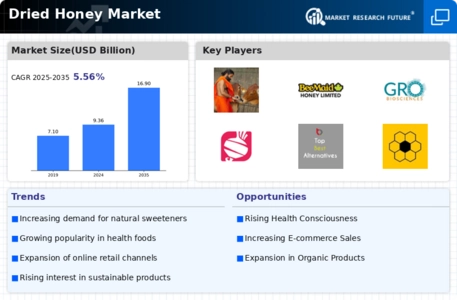
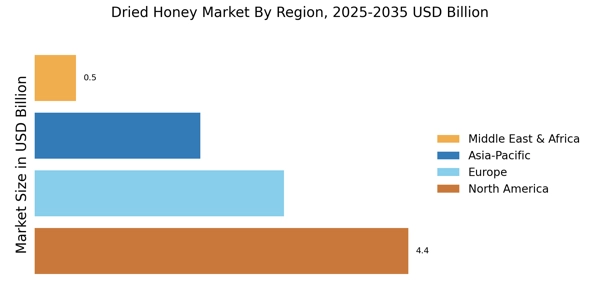
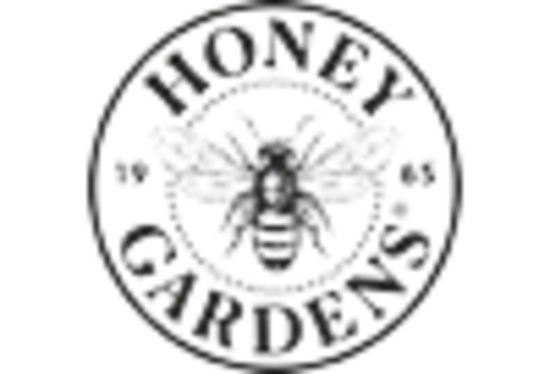

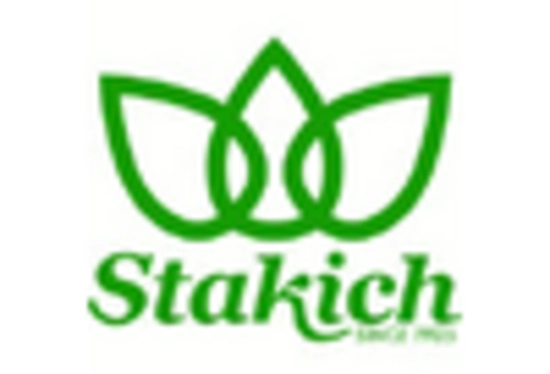
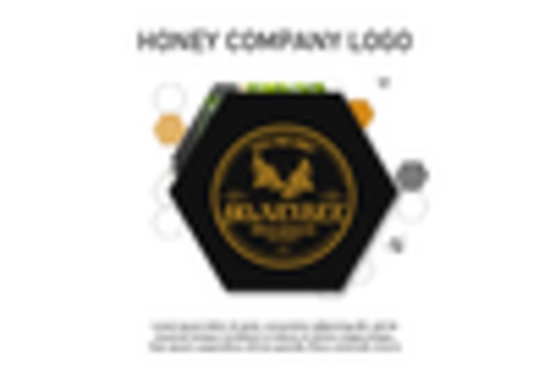
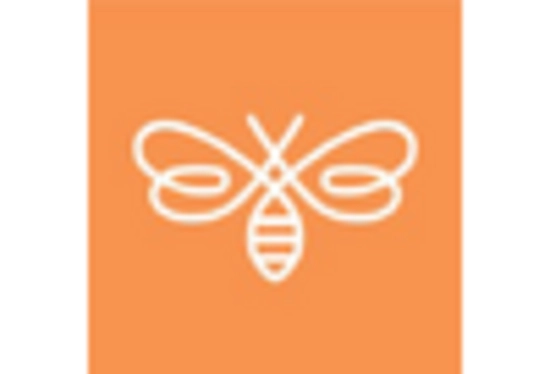









Leave a Comment